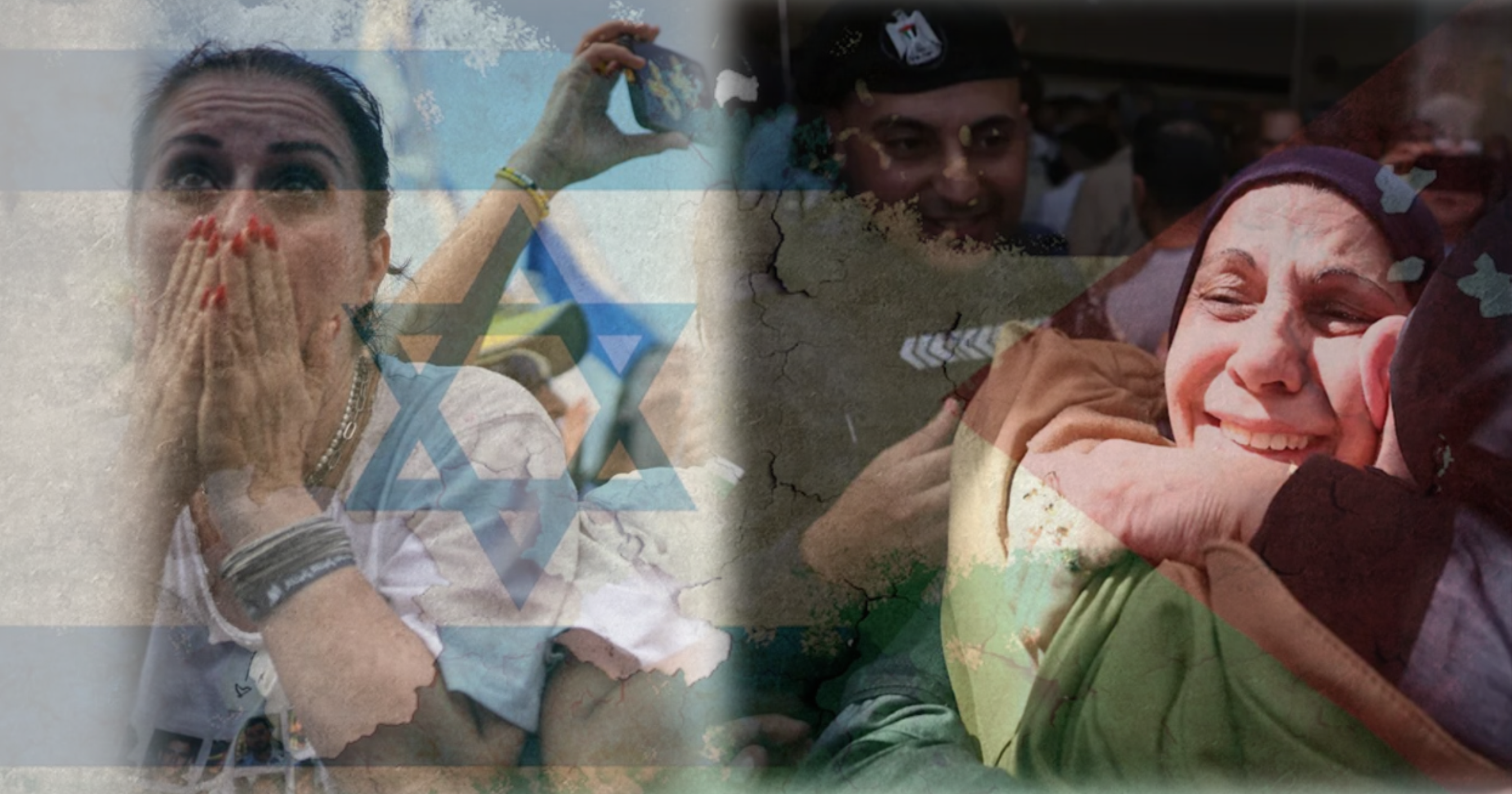Written by Stefan van der Berg
Two years and two days of war have ended — at least on paper. The cease-fire brokered by U.S. President Donald Trump between Israel and Hamas was formalized at a summit in Sharm el-Sheikh, where Trump joined leaders from Egypt, Qatar, and Turkey to sign a joint declaration aimed at restoring peace and initiating reconstruction in Gaza. In his remarks, Trump praised regional cooperation and described the moment as the beginning of a “new and beautiful day,” signalling the start of rebuilding efforts. Earlier, addressing the Israeli parliament, he told cheering lawmakers that “the long and painful nightmare is finally over,” affirming the symbolic weight of the agreement.
The deal has brought home the remains of four Israeli hostages, reunited twenty others with their families, and opened the gates for over 1,700 Palestinian detainees to walk free. In the streets of Tel Aviv, tears of joy flowed. In Gaza, the breath was quieter — not because safety had arrived, but because survival had endured.
This is not a story of two sides finally finding peace. It is a story of two peoples waking up under the same sky yet facing vastly different mornings.
For Israel, the cease-fire signals a diplomatic achievement and a return to the security and civil functions of routine life. Families of the hostages, having endured a period of intense emotional torment, can now begin the difficult and lengthy process of emotional and physical recovery. Men, women, and children in the streets can pause in this long season of uncertainty, allowing space for healing and reflection.
For Gaza, the war’s end is not a conclusion but the beginning of an extensive humanitarian and infrastructural crisis.
The human toll is staggering. Over 67,000 Palestinians have been reported killed, including more than 20,000 children. Residential areas are flattened. Essential infrastructure — hospitals, schools, water systems — has been destroyed. The release of prisoners — some held for years without trial — provides relief to families, but it does not address the scale of the loss of life and property.
The sheer difficulty of the task ahead is encapsulated in the perspective of one Gazan: “And when the war ends, mother, who will return from those who have departed? Will my father and my siblings return? Will our home return? Will my leg grow again?” These statements reflect the immediate, practical reality of a population facing systemic destruction.
President Trump’s 20-point peace plan includes provisions
for humanitarian aid, infrastructure recovery, and a pathway to Palestinian
self-determination, though it stops short of endorsing full statehood.
The pathway forward remains challenging. Gaza’s economy is devastated. Its health system is heavily compromised. Its people remain significantly restricted in their movement. While the cease-fire may halt the active violence, it neither resolves the underlying political tensions nor guarantees immediate accountability for wartime actions.
As one Palestinian noted, “Congratulations to you. You’ll put your mind at peace with our news now.” This comment underscores the perception that while one side may return to normalcy, the other inherits the primary burden of the conflict’s aftermath.
This juncture necessitates practical vision and a focus on justice in implementation. It calls for rebuilding not only infrastructure but also the foundational elements of mutual security. The hostages will resume their interrupted lives. Gaza must now begin the complex and painful work of physical and societal reconstruction.
Under the same sky, one people begin to normalize. The other begins anew.
A Christian Perspective
Christ was crucified between two thieves — one who mocked, one who hoped. That moment wasn’t symmetrical, but it was redemptive. In this cease-fire, we see a similar tension: two peoples, two responses, one shared suffering.
The cross reminds us that redemption doesn’t require equal
circumstances — it requires presence, compassion, and the willingness to see
both pain and possibility. As Christians, we are not called to choose sides. We
are called to stand in the middle, where the wounds are, and to believe that
resurrection is possible even in the rubble. The cross does not erase
injustice, but it insists that no story — not even Gaza’s — is beyond the reach
of grace.
Pray for the grieving families and survivors. Pray for comfort, strength, and practical provision for those who mourn and those wounded; that emergency aid, medical care, and places of refuge reach them quickly. For just and compassionate rebuilding
Pray for wise, fair decisions in reconstruction and governance that prioritise human dignity, accountability, and long-term stability for all communities. For peacemakers and witnesses of faith
Pray for leaders, mediators, humanitarian workers, and faith communities to act with courage, humility, and compassion—standing with the vulnerable and bearing witness to renewal and justice.

